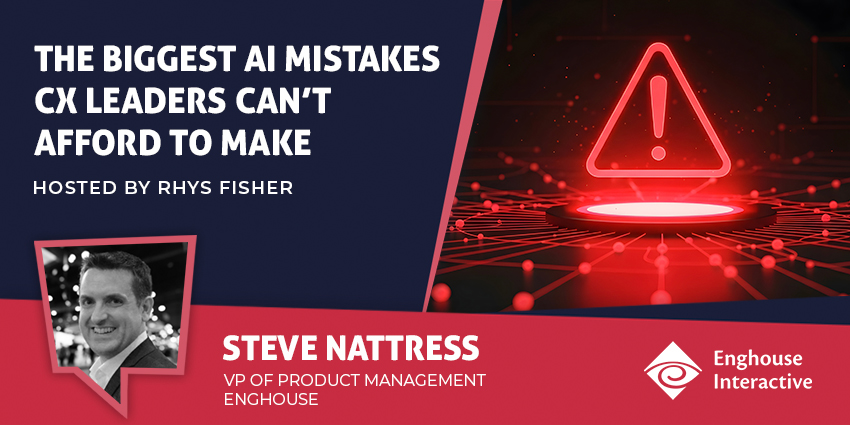For the 20th century marketer, the advent of mail-merge technology was a game-changer. Suddenly communications addressed a recipient by name and response rates improved dramatically, because of the deeper connection it created. Today we are accustomed to outbound marketers targeting us and addressing us by name based upon a range of profiling assumptions. All too often when we initiate contact with the brands we do business with, they don’t recognise us and they have no context… We are left to explaining ourselves to get our point across – and often multiple times as we are passed from department to department.
The brands that can connect with us instantly as individual customers and provide hyper-personalised interactions have similar competitive advantage to the first direct mailer which went beyond ‘Dear Occupier’.
Businesses around the world view customer experience as the key differentiator in the market and are acutely aware that they need to effectively engage with today’s digital savvy consumer. Most organisations know that they need to connect with consumers where there are on a variety of channels (text, web chat, messaging apps, voice, etc.) and deliver service that is as unique to them as their fingerprint.
To enable this level of personalisation, brands need to understand their customer’s data goes beyond just their names, preferences, and histories. Many businesses hold these vast datasets, but often these are held in disparate systems, which leads to a fragmented experience – as the data does not follow the customer through each step of their journey. To provide a real-time hyper-personalised service requires intelligent applications that bring together front-end and back-end data and provide a complete overview with a touch of a button. This includes the customer’s history of every communication on every channel, purchasing history, ratings and feedback and opinions shared on public domains.
Systems like the Genesys Cloud customer experience platform gives businesses the intrinsic ability to bring together all of the data and user interactions to deliver personalised experiences. It uses machine learning technology to amalgamate each customer’s data in real-time, so that the agent can focus on the human-to-human interaction with all of the relevant data at their fingertips. This allows business to build a deeper emotional connection between the consumer and the brand.
Giving consumers the opportunity to engage via the channels they would expect means that the experience needs to be uniform across the board. And as all customers become more discerning and demanding of great brand interactions, hyper-personalised approaches are a win-win for all involved. The future is personal – and only getting to be more so.







